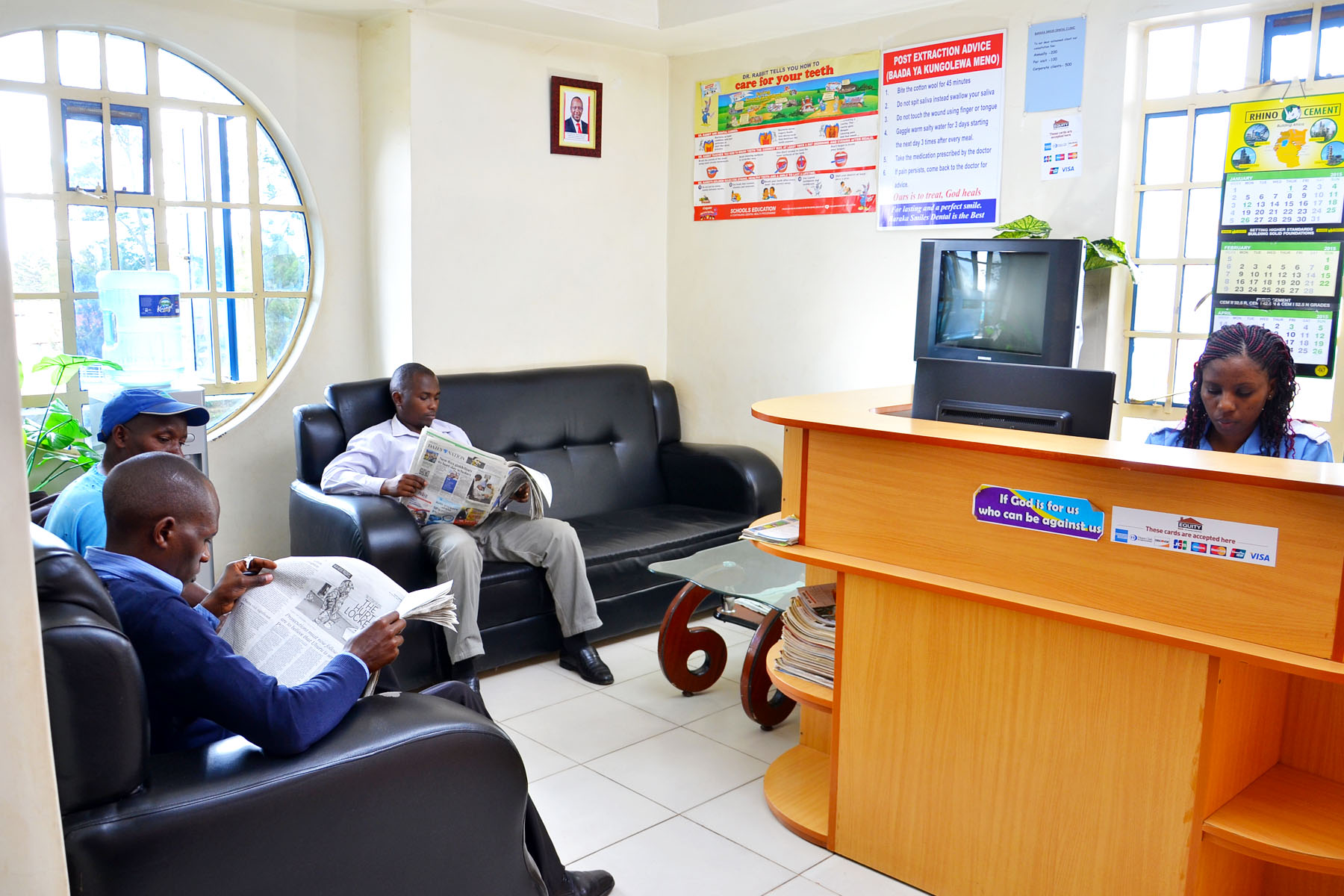Introduction
Digital advancements in healthcare are reshaping dental care worldwide. While Kenya has already implemented various automated systems, there are still opportunities to enhance efficiency, accessibility, and patient outcomes. Inspired by a recent publication from the World Health Organization (WHO), this blog explores innovative ways digital technology can further elevate dental care services in Kenya.
Beyond Automation: The Next Frontier
Kenya’s dental sector is already utilizing digital tools for scheduling, electronic health records, and automated billing. However, the future lies in integrating advanced technologies like artificial intelligence (AI), tele-dentistry, and real-time health analytics to create a more personalized and accessible patient experience.
Key Opportunities for Kenya
- Artificial Intelligence in Diagnosis and Treatment:
- AI-powered diagnostic tools can analyze dental images with high accuracy, assisting dentists in identifying conditions like cavities, gum disease, and oral cancers earlier.
- Machine learning algorithms can predict treatment outcomes, helping dentists tailor interventions for better results.
- Tele-Dentistry for Remote Consultations:
- Virtual consultations via tele-dentistry platforms can expand access to rural and underserved communities, reducing travel costs and wait times.
- Video consultations allow patients to receive expert advice without leaving their homes, promoting early diagnosis and preventive care.
- Predictive Analytics for Preventive Care:
- Using patient data, predictive analytics can identify individuals at high risk of dental issues, enabling preventive interventions that save costs and improve long-term health.
- Predictive models can forecast the demand for specific dental services, optimizing resource allocation and reducing wait times.
Enhancing Patient Experience
- Mobile Health Apps:
- User-friendly apps can offer oral hygiene tips, appointment reminders, and instant access to dental records, empowering patients to take control of their oral health.
- Interactive features, such as virtual brushing tutorials and personalized dental care plans, improve patient engagement.
- Digital Payment Solutions:
- Expanding secure digital payment options ensures greater convenience and transparency for patients.
- Mobile payment platforms integrated with dental management systems streamline the billing process, reducing administrative tasks.
Building a Connected Dental Ecosystem
- Collaboration between dental clinics, insurers, and government bodies can create a seamless healthcare network.
- Real-time data sharing can improve care coordination, while comprehensive electronic health records ensure continuity of care across providers.
- Standardized digital systems facilitate referrals and second opinions, enhancing the quality of care.
Overcoming Challenges
- Digital Literacy: Ensuring that both healthcare professionals and patients have the necessary digital skills is essential for successful implementation.
- Infrastructure Development: Expanding internet connectivity and digital infrastructure in rural areas is crucial for the widespread adoption of tele-dentistry.
- Data Security: Protecting patient information through robust cybersecurity measures is paramount to maintaining trust and compliance with regulations.
Conclusion
As Kenya continues to embrace digital transformation, focusing on advanced technologies like AI, tele-dentistry, and predictive analytics will unlock new levels of accessibility and efficiency in dental care. By aligning with global best practices outlined by WHO, Kenya can further enhance its dental services, ensuring healthier smiles for all. Explore more insights in the full WHO publication.


